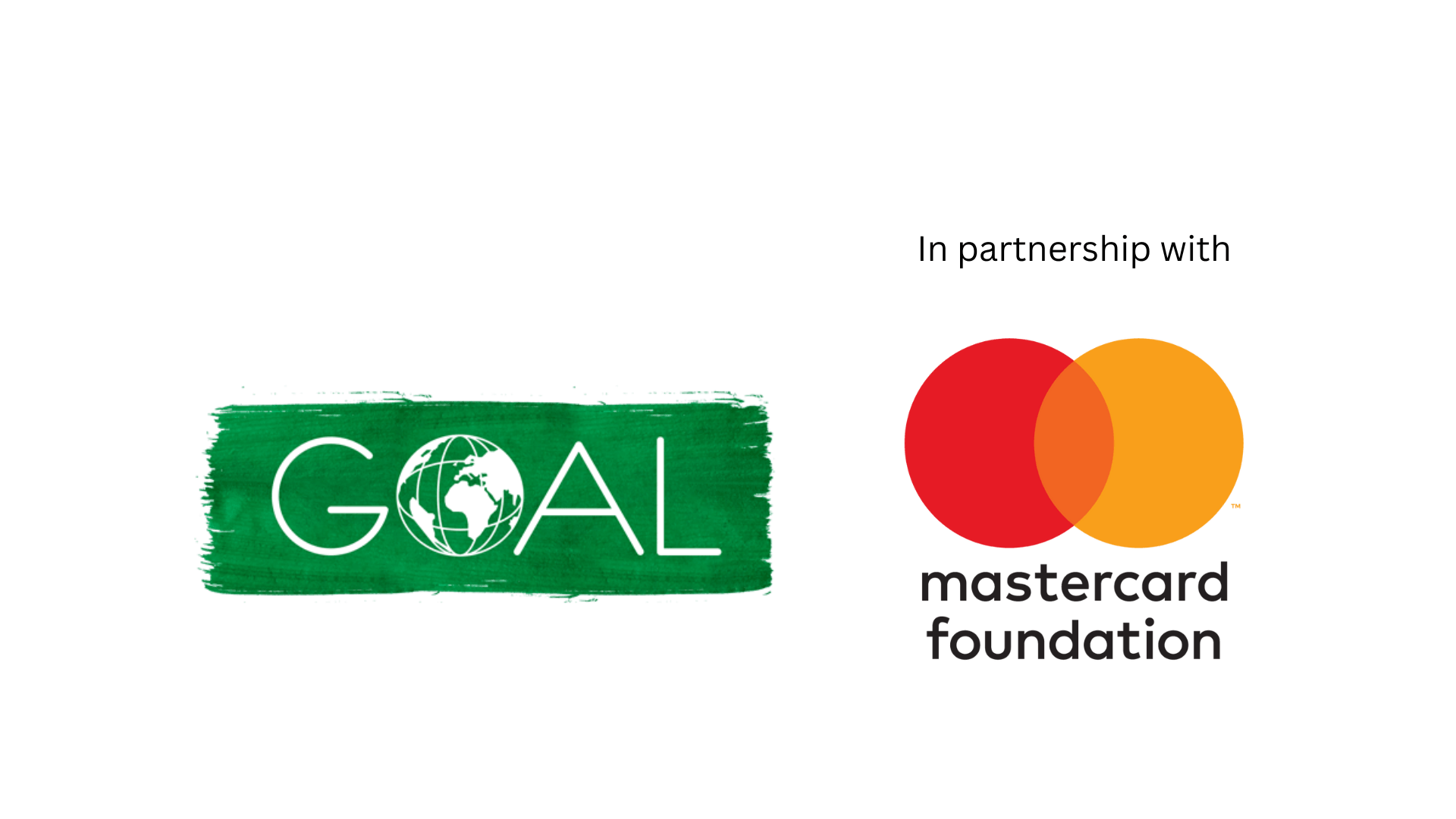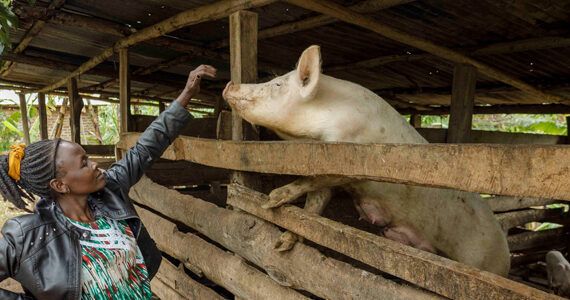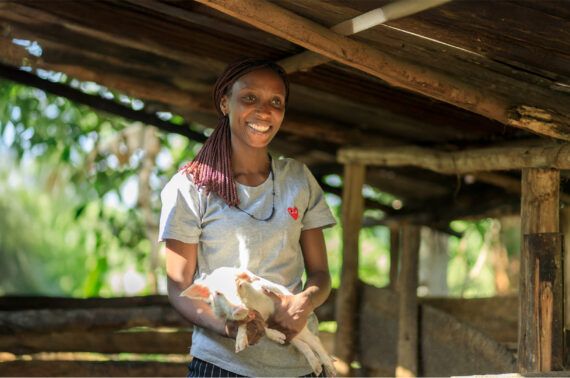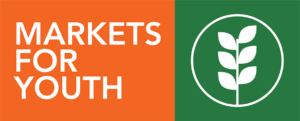
Young Africa Works in Uganda
Transforming lives in Uganda
GOAL is partnering with the Mastercard Foundation to help 300,000 young Ugandans, aged 16-35, access dignified and fulfilling employment over the next five years. 30,000 refugees and 15,000 young people living with disabilities are set to benefit from the programme.
Uganda has one of the youngest populations in the world with more than 75% of people below the age of 30. The country has one of the highest youth unemployment rates in Sub-Saharan Africa at 13.3%.

Walter has received invaluable training from the Markets for Youth programme
With employment opportunities limited, finding work and a pathway out of poverty is a huge challenge.
Young Africa Works in Uganda is focused on finding solutions to the youth employment challenge and reducing poverty in Uganda using a markets system approach.
The Markets System Approach
The approach is providing multiple pathways for rural young people to access work in the agricultural sector. The programme seeks to improve;
- Access to skills training
- Access to finance
- Engagement and enable participants develop a collective voice
- Access to on and off-farm inputs and output markets
Private sector partnership and civil society are playing a huge role in the implementation of the programme. The corner stone of the initiative is adaptive management with an emphasis on evidence-based learning, open communication and optimising the use of technology.
Impact in numbers
+130,000
Young men and women taking part
+4,000
Young people living with disabilities
+4,000
Refugees
+70,000
Young women

The 'Markets for Youth' approach in action
“It’s worth it!” Akullo says in the searing heat.
Akullo once struggled to grow crops and to provide for her family in Uganda. Crop diseases and a drying climate made farming a daily struggle.
But thanks to the Markets for Youth programme, Akullo has received training and support to help combat crop disease. Her farm is flourishing. And the local community are turning to Akullo for farming advice and nutritious vegetables.
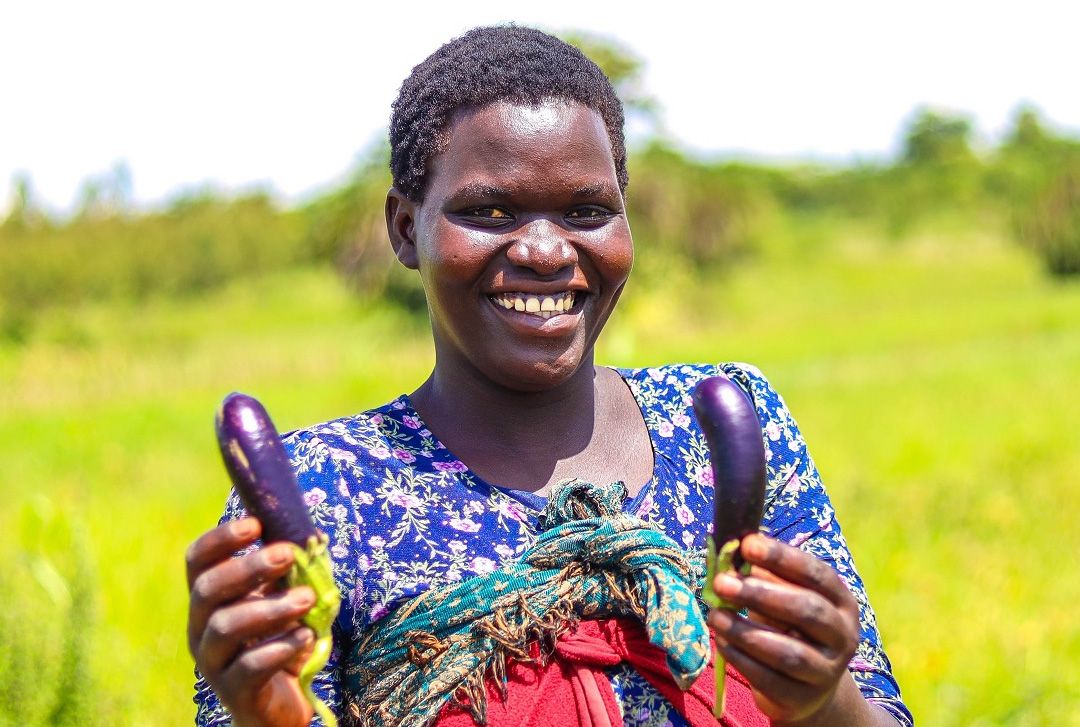
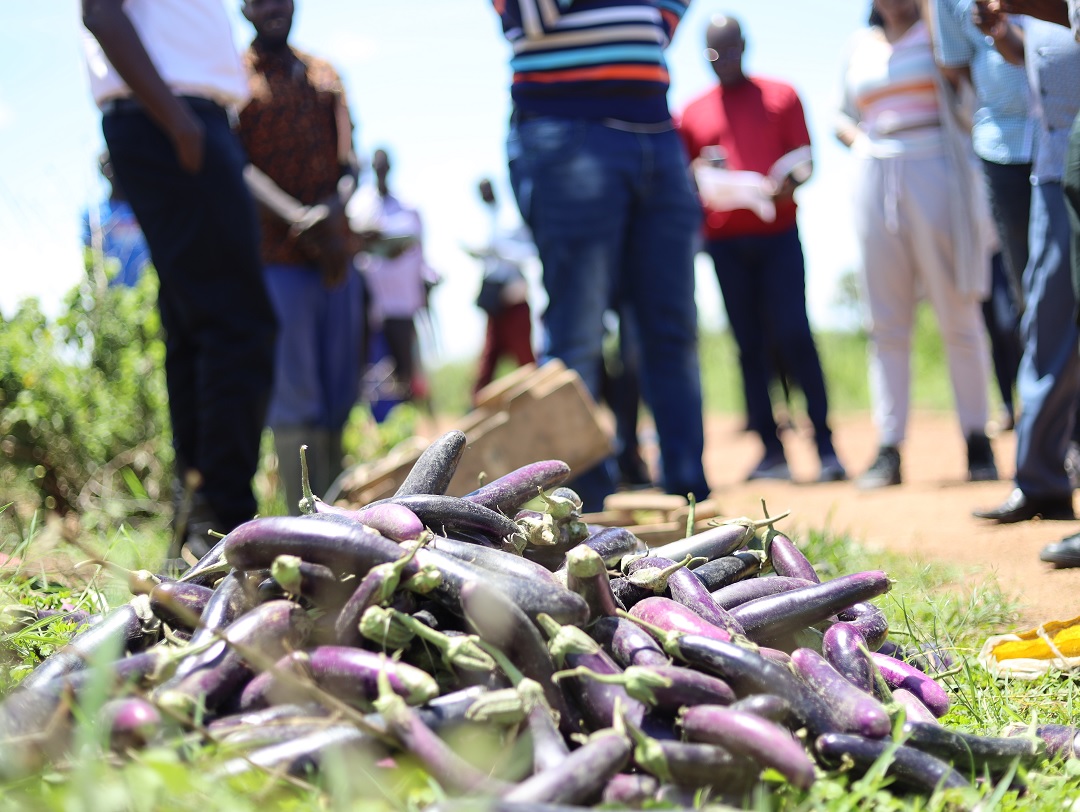
“People now consider my home as the easiest access to any vegetables they may need.”
“They come to me even in the late hours when they urgently need to buy tomatoes or cabbages and eggplants for meals,” Akullo says.
Akullo is now looking to grow her business to help support her family further.
“I really want to expand my land to 2 acres and venture into growing onions. I want to continue paying my children’s school fees with ease and give my parents a decent livelihood. With a bigger farm, I am sure that I will be able to do these things.”
Learnings from Markets for Youth
More Stories from Markets for Youth
